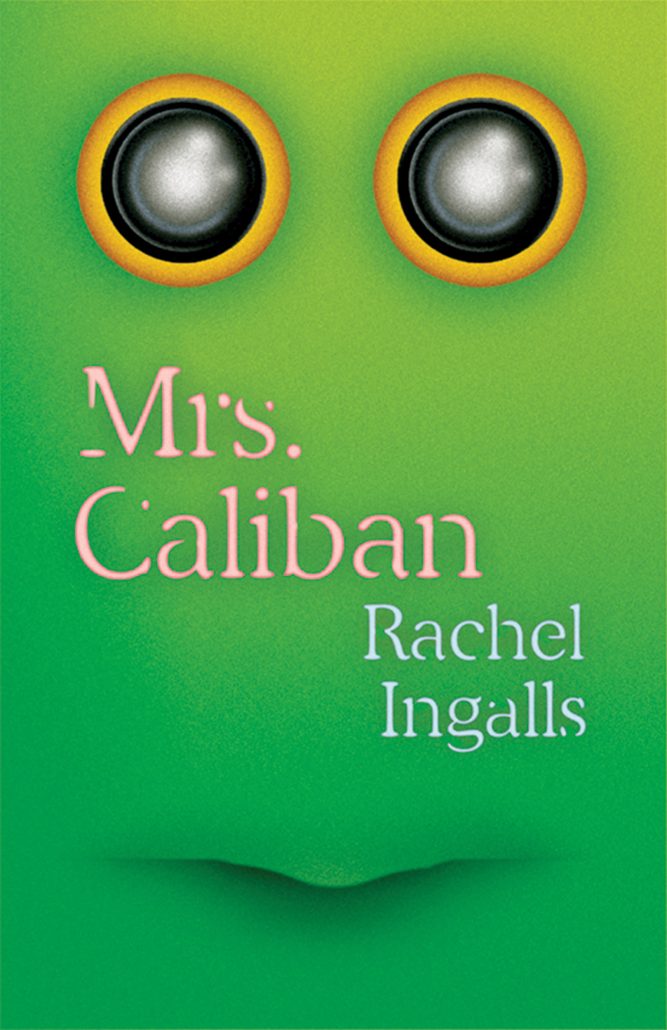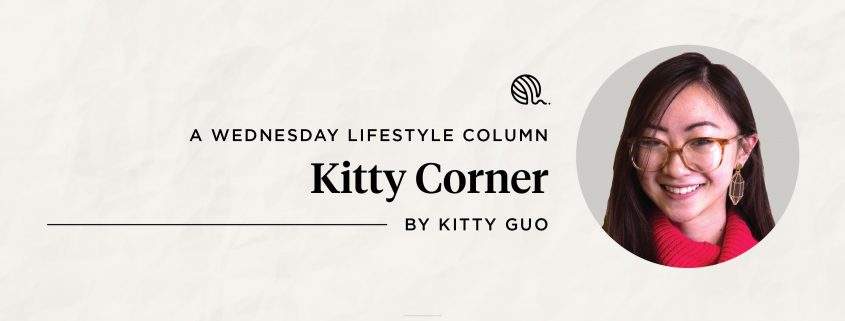Kitty Corner: ‘Mrs. Caliban’ introduced us to otherworldly romances

In 1954, the image of an aquatic monsterman bearing aloft a prostrate woman in a scene from the horror film “Creature from the Black Lagoon” thrilled and titillated moviegoing audiences. Sixty-four years later, the movie posters promoting Guillermo del Toro’s “The Shape of Water” drew heavily from the same premise: a human woman in the arms of a piscine-humanoid beast, albeit in a decidedly more consensual embrace.
But there was perhaps another inspiration for del Toro’s Best Picture winner, one that flew under the collective radar: Rachel Ingalls’ 1982 novel “Mrs. Caliban.”
At first glance, “Mrs. Caliban” appears to occupy thoroughly-trodden territory: Bored housewife Dorothy, trapped in a loveless marriage to her philandering husband, finds solace in the arms of an amphibious 6-foot-7 creature who has escaped from the Institute for Oceanographic Research. He is on the lam, having killed two scientists in order to flee their abusive treatment, and he needs a place to lie low before he attempts to make his way back home to the Gulf of Mexico.
The creature has given himself the humorously prosaic name “Larry,” at odds with his bizarre appearance, and just so happens to stumble into Dorothy’s nice, safe, linoleum-checked kitchen. Instead of alerting the authorities, she decides to feed and clothe him under the nose of her oblivious husband, who’s too busy attending “business meetings” to notice anything amiss. Larry is polite and cultured and — ahem — well-endowed, and it’s not long before Dorothy and Larry proceed to “[make] love on the living-room floor and on the dining-room sofa and sitting in the kitchen chairs and upstairs in the bathtub. And they talked.”
There’s evidence that suggests Larry is merely a figment of Dorothy’s imagination — at the start of the book, she mentions how she keeps hearing things that “couldn’t possibly be real,” announcements on the radio addressed directly to her. The multitude of ambiguities in the book — whether Dorothy is in her right mind or not; whether she should be cheating on her husband; whether she should continue harboring a fugitive or turn him in — serve to establish her as a complex, flawed female protagonist.
But, of course, all good things must come to an end. Unbeknownst to Dorothy, Larry, her husband and her best friend Estelle are hurtling along on a collision course, and at the end of the book they come crashing together in spectacular fashion. I don’t want to spoil anything, but suffice to say that Ingalls is liberal with her body count.
All her life, Ingalls’ body of work languished in relative obscurity. “Mrs. Caliban” enjoyed a brief spike in interest when, in 1986, the British Book Marketing Council named it one of the 20 greatest American novels since World War II. It has garnered praise from prominent authors Ursula Le Guin, Joyce Carol Oates and John Updike, who declared the slim volume “an impeccable parable.” In 2017, “The Shape of Water” elicited a flurry of belated book reviews in NPR, Vanity Fair and the Los Angeles Times. Sadly, Ingalls died in early March, just as her writing began gaining greater traction.
“Mrs. Caliban” takes an old, worn-out trope — lonely housewife in need of a distraction — and spins it into a riveting story that left me struggling to catch my breath, especially when developments begin ensuing one after another like a 10-car pile-up.
Ingalls’ prose is clear and caustic; she writes with purposeful assuredness, with a feminist flair far ahead of her time. It’s about time she gets her posthumous due.
Kitty Guo is a junior writing about contemporary literature. Her column, “Kitty Corner,” runs every other Wednesday.

